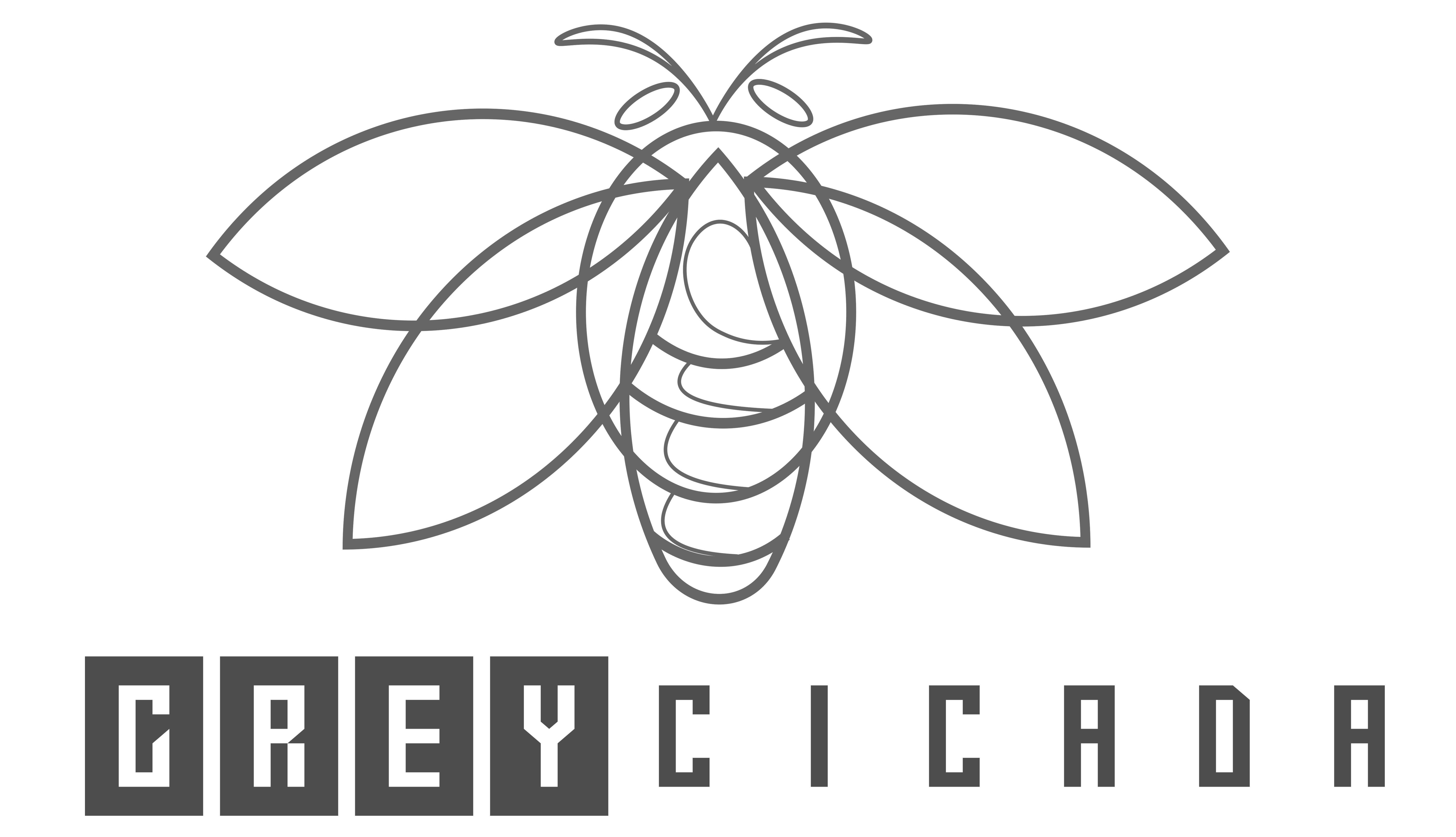FREE SHIPPING OVER $50
Struggling with Weight Loss After 40? Here’s Your Ultimate Guide
If you’ve hit the big 4-0 and noticed that shedding those extra pounds has become more challenging, you’re not alone. Hormonal changes, a slower metabolism, and muscle loss are just a few reasons why weight loss can be more difficult as we age. But don’t worry, this guide is here to help you navigate these changes with effective nutrition and exercise plans tailored for women over 40.

Understanding Your Body After 40
First, it’s important to understand why weight loss can be trickier after 40:
- Hormonal Changes: As we age, estrogen levels decline, leading to increased fat storage, particularly around the abdomen. This can also affect muscle mass and overall energy levels.
- Metabolism Slows Down: Our metabolism naturally slows down as we age, meaning we burn fewer calories at rest. This is partly due to decreased muscle mass and hormonal changes.
- Muscle Loss: After the age of 30, we begin to lose muscle mass at a rate of about 3-8% per decade, and this rate increases after 60. Less muscle means a slower metabolism since muscle tissue burns more calories than fat tissue.
- Insulin Sensitivity: As we age, our bodies can become more resistant to insulin, making it harder to regulate blood sugar levels and potentially leading to weight gain.
- Body Types: Understanding your body type (endomorph, mesomorph, ectomorph) can help tailor your approach to weight loss. Endomorphs may find it harder to lose weight and need to focus more on cardio and diet, while mesomorphs and ectomorphs can benefit from strength training and a balanced diet.
- Bone Density: Post-menopausal women can experience a decrease in bone density, which makes weight-bearing exercises important for maintaining bone health and preventing osteoporosis.
Nutrition Tips for Weight Loss After 40
A balanced diet is crucial for weight loss at any age, but especially after 40. Here are some key nutrition tips:
Benefits of a Healthy Diet Plan
- Boosts Metabolism: Foods rich in protein and fiber can help boost your metabolism.
- Maintains Muscle Mass: Protein-rich foods help maintain muscle mass, which is crucial for a higher metabolic rate.
- Regulates Hormones: Certain foods can help balance hormones, aiding in weight loss.
- Improves Digestion: A diet high in fiber can promote healthy digestion and prevent bloating.
- Enhances Energy Levels: Nutrient-dense foods provide sustained energy throughout the day, preventing fatigue and helping you stay active.
Key Nutrition Tips
- High Protein: Include lean proteins like chicken, fish, tofu, and legumes to help maintain muscle mass and keep you full longer.
- Fiber-Rich Foods: Foods like vegetables, fruits, and whole grains help with digestion and keep you feeling full.
- Healthy Fats: Avocados, nuts, seeds, and olive oil are good sources of healthy fats that support hormone balance.
- Avoid Processed Foods: Processed foods often contain hidden sugars and unhealthy fats that can hinder weight loss.
- Stay Hydrated: Drink plenty of water to keep your metabolism running efficiently and to help with digestion.
- Avoid Alcohol: Alcohol can add empty calories to your diet and slow down your metabolism, making it harder to lose weight.
Suitable Diet Plans for People Over 40
- Mediterranean Diet: Focuses on fruits, vegetables, whole grains, and healthy fats like olive oil. It’s rich in antioxidants and anti-inflammatory properties which are beneficial for heart health and weight loss.
- Low-Carb Diet: Reducing carbohydrate intake can help improve metabolism and promote fat loss. Focus on eating lean proteins, healthy fats, and non-starchy vegetables.
- High Protein Diet: Emphasizes the intake of protein-rich foods to maintain muscle mass and boost metabolism. Suitable sources include lean meats, fish, eggs, dairy, legumes, and nuts.
- Keto Diet: High in fats, moderate in protein, and very low in carbs. This diet puts your body in a state of ketosis, which can help burn fat more effectively.
- DASH Diet: Focuses on reducing sodium intake and eating nutrient-rich foods like fruits, vegetables, and low-fat dairy. It’s beneficial for those with high blood pressure and aids in weight loss.
Exercise Tips for Weight Loss After 40
Exercise is vital for maintaining muscle mass, boosting metabolism, and overall health. Here’s how to get started:
Benefits of an Exercise Plan
- Builds Muscle Mass: Strength training helps build and maintain muscle mass, which increases your metabolic rate.
- Improves Metabolism: Regular exercise boosts your metabolism, helping you burn more calories.
- Enhances Mood: Physical activity releases endorphins, which can improve your mood and reduce stress.
- Strengthens Bones: Weight-bearing exercises help maintain bone density and reduce the risk of osteoporosis.
- Increases Mobility and Flexibility: Regular exercise improves your overall mobility and flexibility, which can help prevent injuries and improve your quality of life.
Key Exercise Tips
- Strength Training: Incorporate strength training exercises at least 2-3 times a week. This can include weight lifting, resistance bands, or body-weight exercises.
- Cardio: Aim for at least 150 minutes of moderate-intensity cardio each week. This can include brisk walking, cycling, swimming, or dancing.
- Flexibility and Balance: Include activities like yoga or Pilates to improve flexibility and balance, which are important as we age.
- Consistency is Key: Regular exercise is more important than intensity. Find activities you enjoy to stay motivated.
- Gym Alternatives: If you prefer to avoid the gym, home workouts can be equally effective. Use online resources, apps, or DVDs to guide your exercise routines.
- Health Trackers: Use fitness trackers or apps to log your progress, stay motivated, and ensure you’re meeting your goals.
7-Day Exercise Plan
Here’s a sample 7-day exercise plan with gym and home alternatives:
| Day | Exercise (Gym) | Exercise (Home) |
|---|---|---|
| Monday | 30 min treadmill + full-body strength training | 30 min brisk walk + body-weight exercises |
| Tuesday | 45 min cycling | 45 min stationary bike or dance workout |
| Wednesday | Yoga or Pilates class | Yoga or Pilates video |
| Thursday | 30 min elliptical + upper body strength training | 30 min brisk walk + resistance band exercises |
| Friday | 45 min swimming | 45 min water aerobics or at-home cardio routine |
| Saturday | 30 min treadmill + lower body strength training | 30 min brisk walk + body-weight leg exercises |
| Sunday | Rest or light activity (e.g., stretching, walking) | Rest or light activity (e.g., stretching, walking) |
Final Thoughts
Losing weight after 40 may seem challenging, but with the right approach, it’s entirely possible. Focus on a balanced diet rich in nutrients, stay consistent with your exercise routine, and understand the changes happening in your body. By adopting these healthy habits, you can achieve your weight loss goals and enjoy a healthier, more vibrant life.
Related Articles
If you found this blog post insightful, explore more meal plans by delving into our related articles:
- The Oatzempic Diet Claims to Help You Lose 40 Pounds: What’s the Truth?
- The One Habit You Need to Break to Finally See Weight Loss Results
- Free One and Done Workout + Plan, PDF & Review
- Why Your Breasts Shrink Faster During Weight Loss: How to Fix It
- Free 30-Day Calisthenics Workout Plan for Beginners
- 3-Month Plan to Lose 20 Pounds & 10 Inches Without the Gym
- Free 7-Day Mediterranean Diet Plan (PDF)
- Free 7-Day Metabolic Confusion Meal Plan







